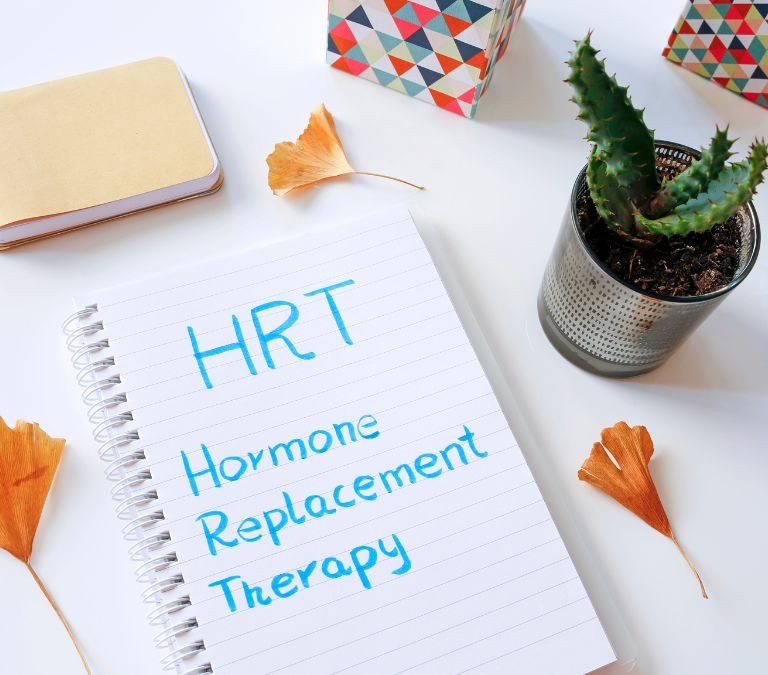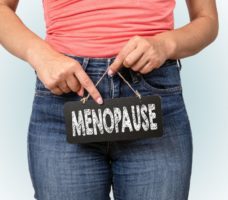Coping with menopause can entail adopting a healthy lifestyle that includes non-hormonal remedies for symptoms such as hot flashes. Everyone goes through menopause uniquely, and you may feel better with some non-hormonal approaches but not others.
Some non-hormonal remedies can help with more than one menopausal symptom. This article discusses common non-hormonal approaches for managing menopause symptoms. I’d advise you to discuss your symptoms with your healthcare provider and see if these strategies are appropriate.
What is Hormone Replacement Therapy
Hormone replacement therapy is the most effective treatment for menopausal symptoms. Non-hormonal alternatives are available for women experiencing symptoms who are not yet ready to consider hormone therapy.
Some women, such as those who have recently undergone breast cancer treatment, are unsuitable for hormone therapy. It is critical to remember that, when used correctly, hormone therapy can be a safe and effective option for many women.
In this section, we will look at non-hormonal treatment options for women. Estrogen is necessary for regular menstrual cycles, fertility, and bone strength. Menopause causes a drop in estrogen and progesterone levels, which causes these niggling menopausal symptoms.
What Are Menopausal Symptoms?
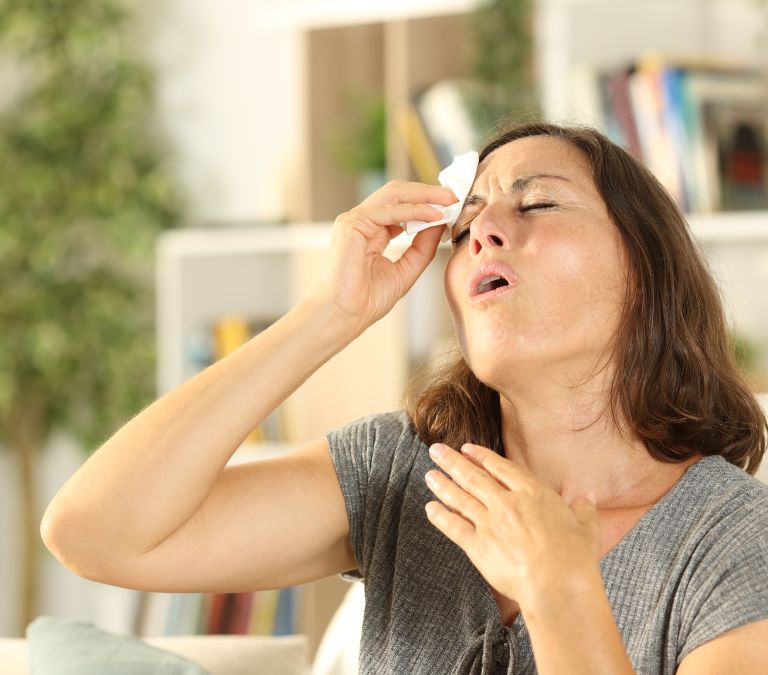
Menopause can result in symptoms that last months or years. Women may experience the following symptoms:
- Night sweats
- Vaginal dryness
- Hot flashes
- Chills
- Sleeping problems
- Mood problems
- Weight gain
Instead of hormone replacement therapy, some women choose to treat their symptoms with herbs and dietary supplements. We’ll discuss several non-hormonal options for treating menopausal symptoms today.
Non-hormonal Treatment for Menopause Symptoms
- Yoga
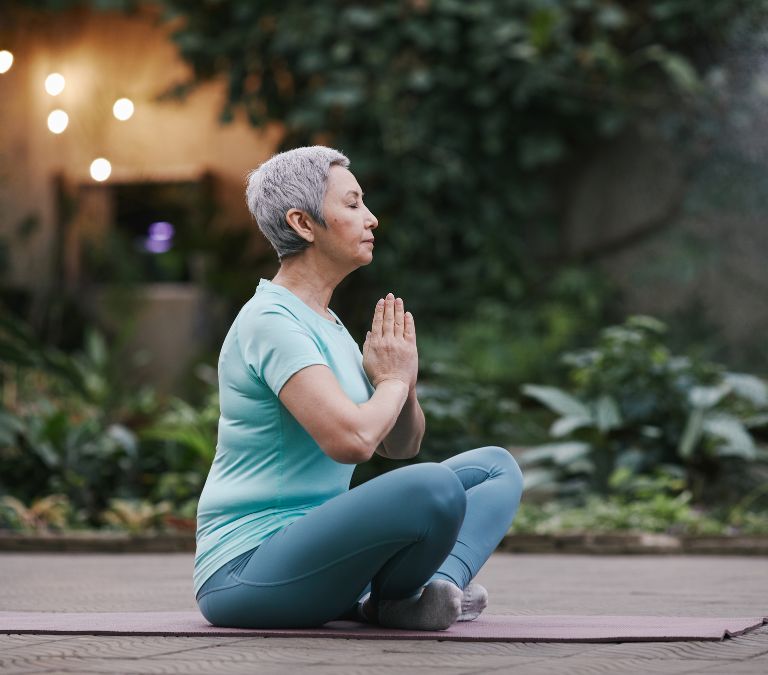
You can alleviate menopausal irritability and anxiety with yoga and meditation. A dedicated approach to yoga therapy aids in the treatment of symptoms such as night sweats and hot flashes. Yoga relaxation techniques aid in mood stabilization while also improving general health.
Yoga has become a popular activity for women experiencing menopausal symptoms such as insomnia, mood swings, and hot flashes. According to research, yoga may help you sleep better and have a more stable mood during perimenopause. Learning yoga in class or practicing at home with internet tutorials can also improve mindfulness and bring peace back into your life.
- Ginseng
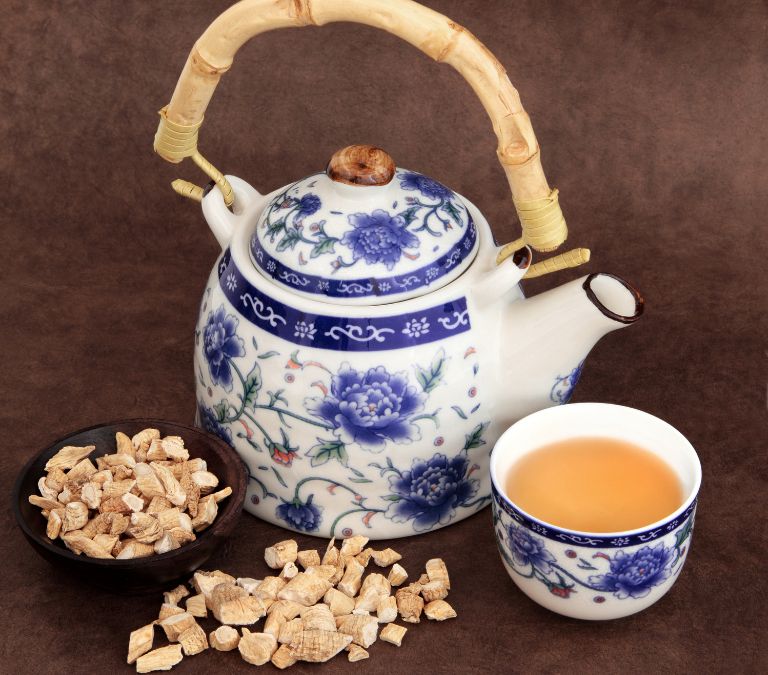
This herb is considered an energizer and a normalizer. It has medicinal health benefits and helps treat symptoms of stress such as cognitive impairments, stress, vaginal dryness, lethargy, anxiety, and depression. Moreover, ginseng improves overall mood and facilitates sleep. This magic herb comes in various forms, like, powder, tea, and extract.
Grounded ginseng can be taken as a tea or supplement in the form of capsules. It is found in drugstores and supermarkets. Ginseng has long served as a sedative in Asia. While there is no solid proof that ginseng can relieve hot flashes, it has been found that the relaxing effects of ginseng can enhance sleep.
- St. John’s Wort
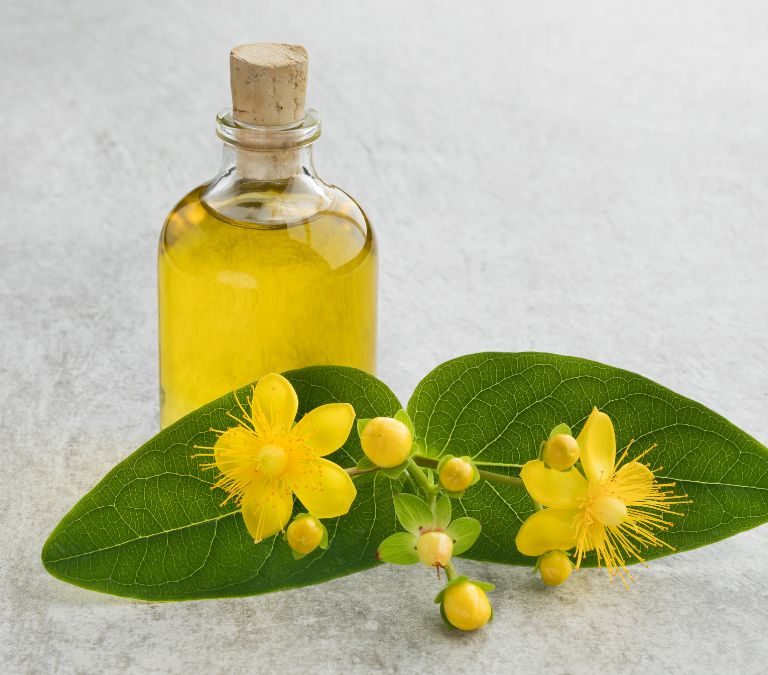
For over 2,000 years, St. John’s wort has served as a useful medicinal herb because of its antidepressant and anti-inflammatory effects. This herb is typically used in treating depression and its symptoms, such as anxiety, fatigue, and difficulty sleeping. Furthermore, it helps with menopausal symptoms such as mood swings, anxiety, and depression.
- Soy

Including soy products in your diet may help to alleviate menopausal symptoms. Soy contains isoflavones, plant-based estrogens that help regulate the lower levels of estrogen your body produces. This remedy may help with night sweats, vaginal dryness, and hot flashes.
Fortunately, you can buy soybean extract to treat your symptoms. In addition to increasing your intake of phytoestrogens, you may want to think about supplementing with soy isoflavones.
According to empirical evidence, soy isoflavones may alleviate menopausal symptoms due to their oestrogenic effect on the body. According to a meta-analysis of 19 studies, soy isoflavones reduced the severity of hot flushes by 26% compared to the control.
Soy isoflavones may also benefit bone health and help preserve bone health and reduce the risk of osteoporosis in postmenopausal women because estrogen plays a bone-protective role in the body.
- Maca Root
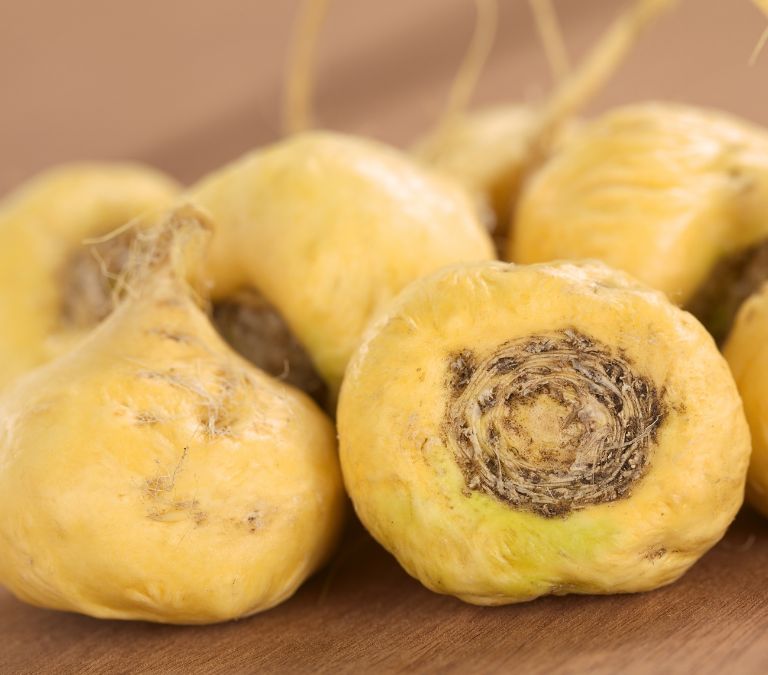
This medicinal root has been historically used to alleviate the effects of stress, anxiety, and aging by lowering levels of cortisol. Moreover, it aids in reducing anxiety, hot flashes, fatigue, weight gain, and the improvement of libido and overall energy. So if those symptoms are bothering you, consider trying maca root. Lastly, this herb might help you get some much-needed relief.
- Red clover

Red Clover reduces hot flashes, relieves breast pain, treats premenstrual syndrome, and increases bone density. Furthermore, this herb contains isoflavones, which help alleviate symptoms associated with estrogen loss, such as weight gain, hot flashes, bone loss, osteoporosis, and joint inflammation. On top of that, isoflavones found in red clover extract help postmenopausal women with anxiety and depression.
- Black cohosh
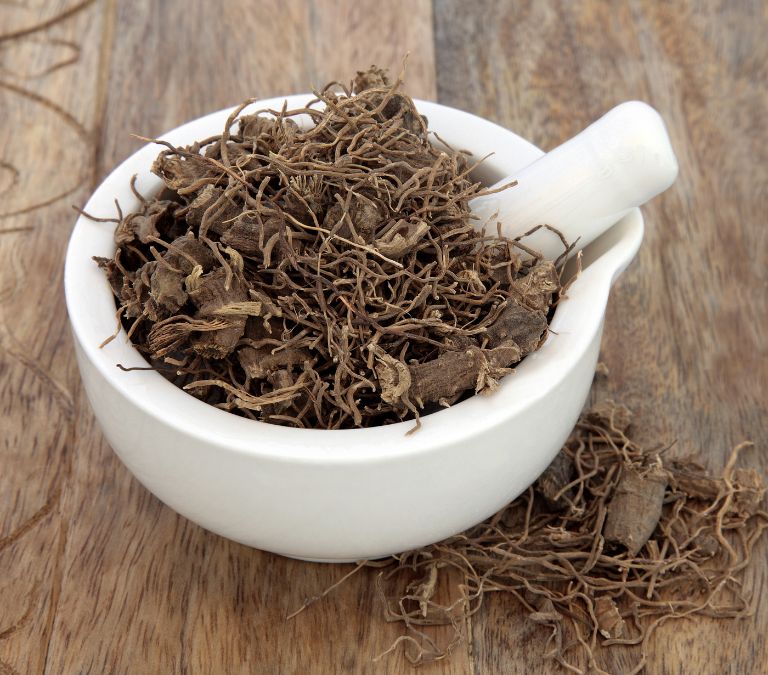
This medicinal herb is one of the most extensively researched menopause supplements. It’s made from the root of the black cohosh plant native to North America. Also, this herb aids in preventing menopausal symptoms such as hot flashes and night sweats.
Black cohosh helps improve sleep quality, alleviates hormonal imbalances caused by diabetes or fibroid, and helps women’s fertility before perimenopause. Women who use black cohosh should look for jaundice or liver failure symptoms. Jaundice can be fatal and necessitates prompt medical attention. Common jaundice symptoms include:
- Skin and eye discoloration
- Upper stomach pain or stomach cramps
- Loss of appetite
- Nausea
- Dark urine
- Tiredness unrelated to exercise or lack of sleep
- Flaxseed
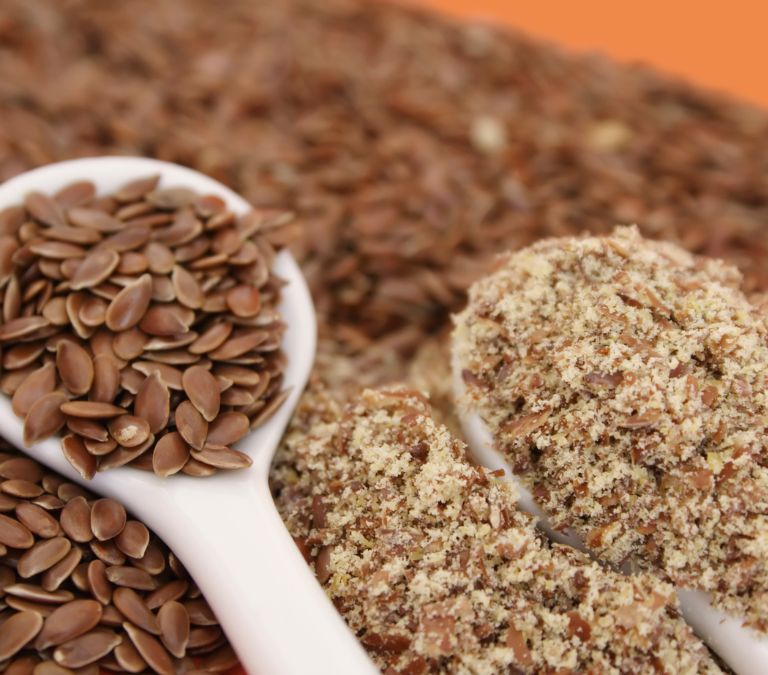
Flaxseed and flaxseed oil may benefit some women experiencing mild menopausal symptoms. It contains lignans, which help to balance female hormones. However, all studies have not demonstrated these benefits in relieving hot flashes. So, don’t buy lots of flaxseed, hoping it will immediately relieve your symptoms.
- Dong Quai
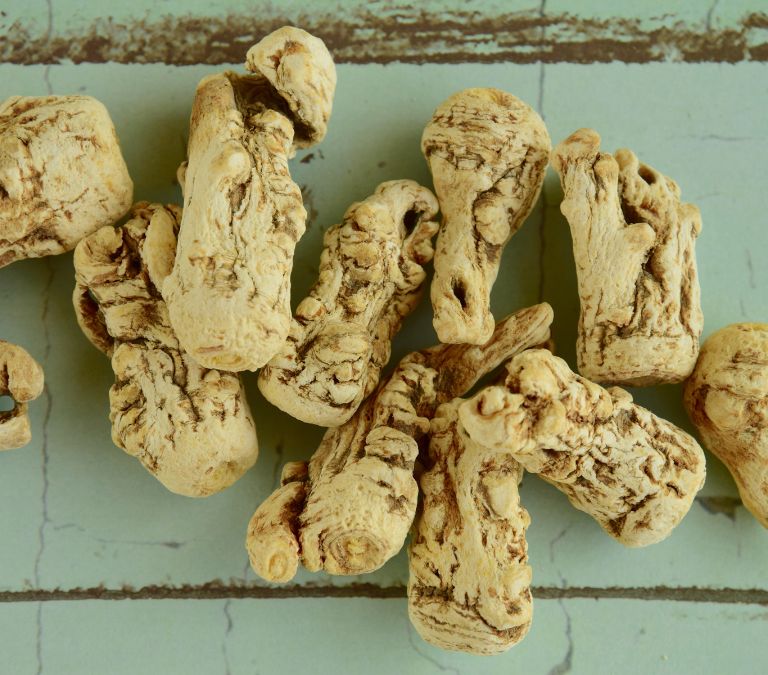
Dong Quai has been used in Chinese medicine for thousands of years to treat women’s health. One study of Dong Quai to see if it could help with hot flashes during menopause found no benefits. Dong Quai may pose some risks, including cancer, if used for an extended period. So, ensure you consult a doctor before using it.
This plant’s root is used in tinctures, extracts, and teas. Even though few women claim to feel better after taking Dong Quai, a study of non-hormonal therapies found that Dong Quai did not affect hot flashes or other menopausal symptoms. Try Dong Quai by drinking the tea or taking the herbal supplement to help alleviate those bothersome symptoms of PMS.
- Vitamin D
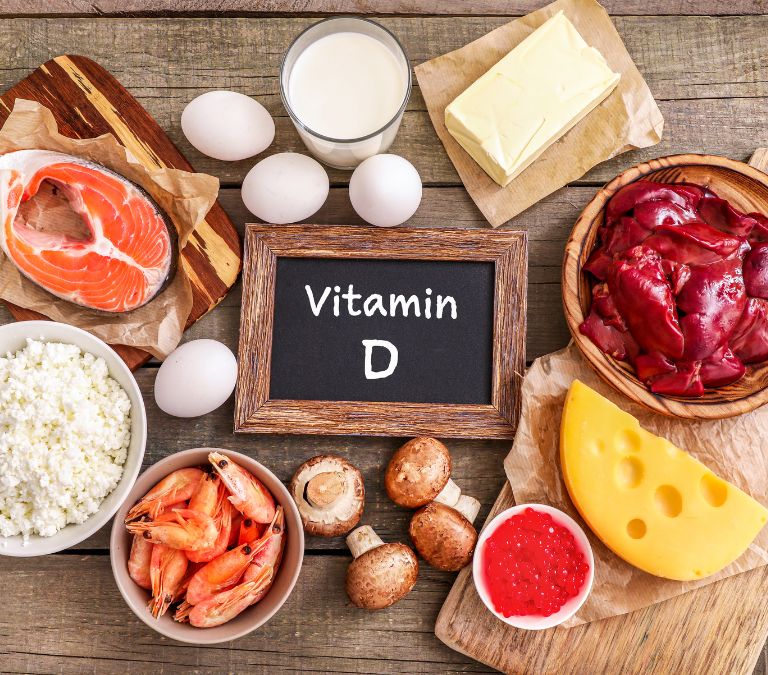
Vitamin D is as significant for bone health as calcium. Your body cannot absorb calcium if vitamin D is not present. The average adult requires 600 IU per day. Those aged 71 and up require 800 IU per day.
Many foods and supplements contain vitamin D, but the sun is another source. You may have heard that when you are exposed to sunlight, your body produces vitamin D. True, but even a tiny amount of sun can cause skin damage. Concentrating on food and supplement is best if you don’t get enough from your diet.
- Vitamin E
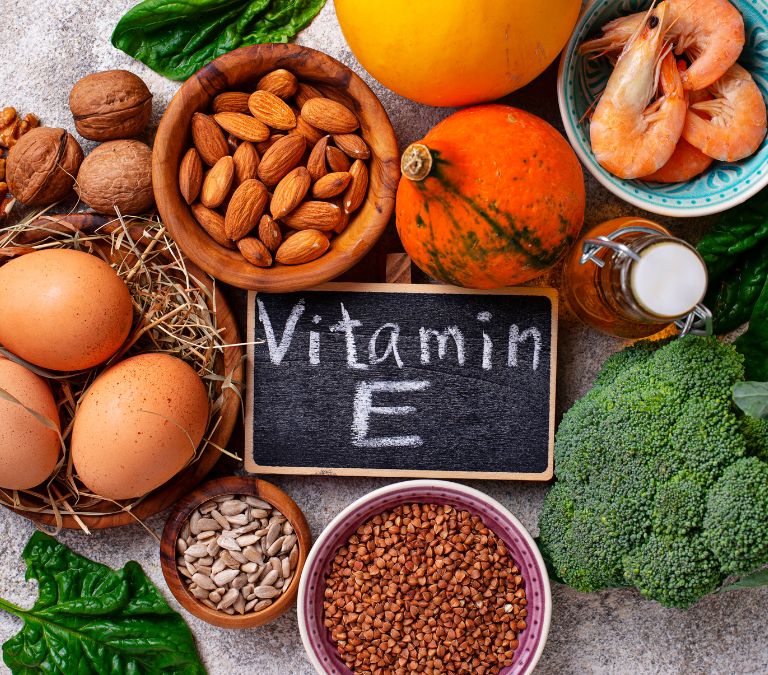
Vitamin E is a fat-soluble vitamin that is available without a prescription. Vitamin E marginalizes hot flushes (average reduction of one hot flush per day).
- Calcium
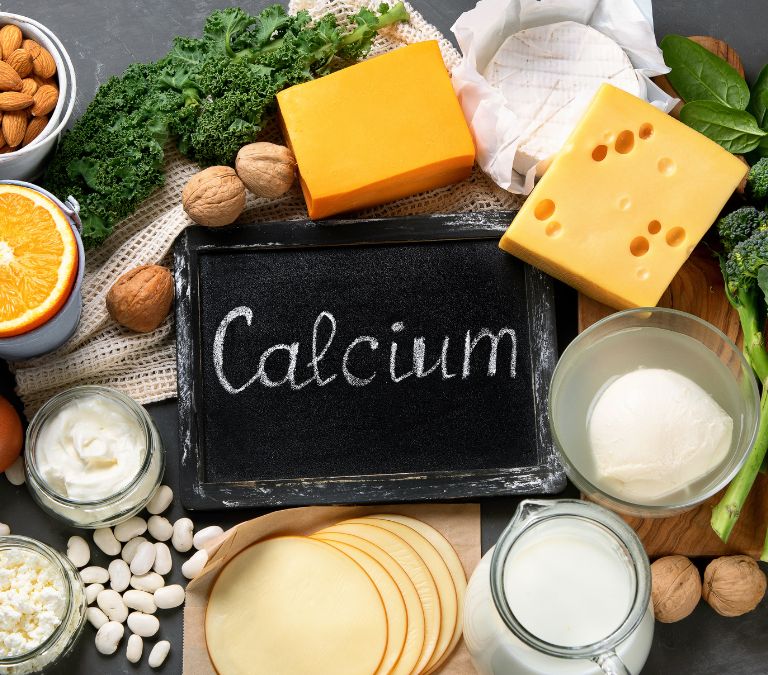
As you enter perimenopause, the levels of estrogen circulating begin to drop, albeit unevenly. Estrogen is a bone-protective hormone and supports heart health and sleep. As a result, the drop in estrogen may increase osteoporosis risk and affect bone health. Furthermore, most women are prescribed hormone replacement therapy as a preventative measure against osteoporosis, particularly if they experienced menopause earlier.
Healthy bones, on the other hand, require more than just estrogen. To maintain bone health during menopause, we suggest eating foods high in vitamin D, calcium, and magnesium, which are essential for bone health. Vitamin D is also found in liver, egg yolks, and oily fish.
While calcium is found in dairy products, nuts, and certain vegetables, magnesium can be found in dark chocolate, whole grains, seeds, and nuts. Besides increasing your diet’s vitamin D, calcium, and magnesium intake, you should also consider taking vitamin supplements intended to improve bone health as your insurance policy.
- Healthy Fats
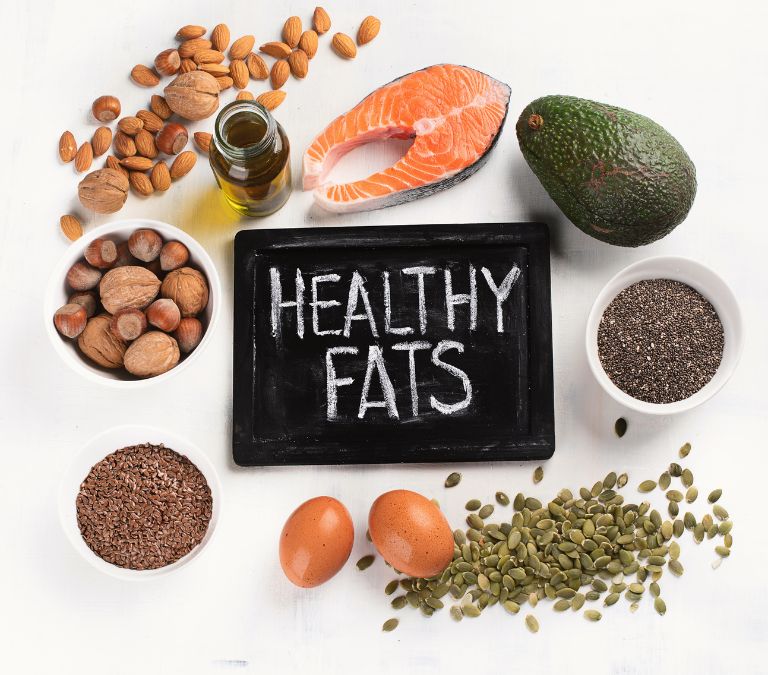
Eating plenty of omega-3 fatty acids is important during menopause. These fatty acids, abundant in oily fish, help to alleviate menopausal symptoms like depression and hot flashes. We recommend eating two to three portions of oily fish such as herrings, salmon, sardines, and anchovies per week to support your overall health during menopause.
Seabuckthorn berry oil has also shown promise in reducing vaginal dryness, which is common in menopausal women. Avoid foods that aggravate menopause, such as processed foods, fried foods, carbonated beverages, and alcohol.
- Acupuncture
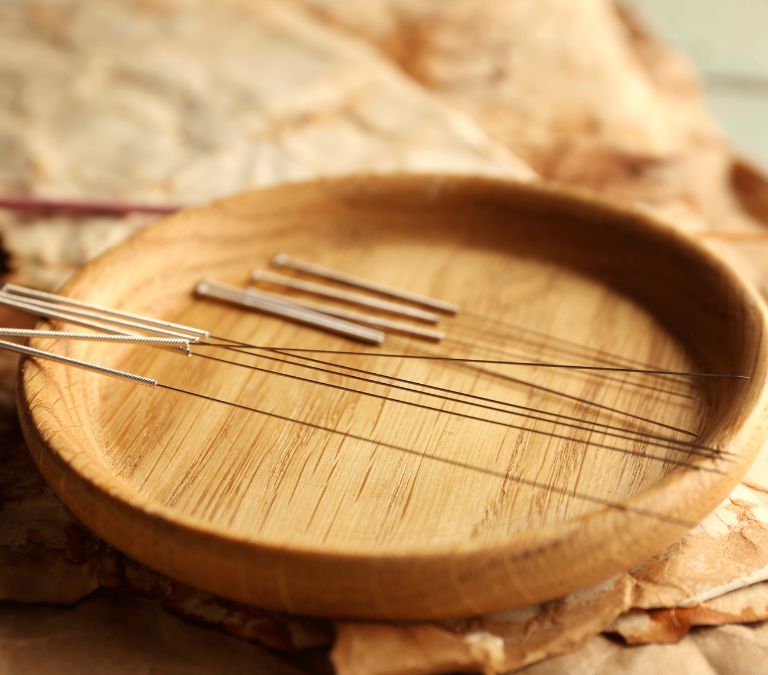
Acupuncture can help reduce menopausal night sweats. Acupuncture was administered to 80 percent of the 209 women in addition to their regular doctor’s care. After eight weeks, 47 percent reported a decrease in hot flashes, and 12 percent reported a significant decrease in symptoms.
This study was published in the Menopause Journal. Acupuncture can assist in the regulation of a hypersensitive hypothalamus. It also causes the release of pain-killing endorphins and stress-regulating hormones, which may improve body temperature regulation.
- Lifestyle Changes
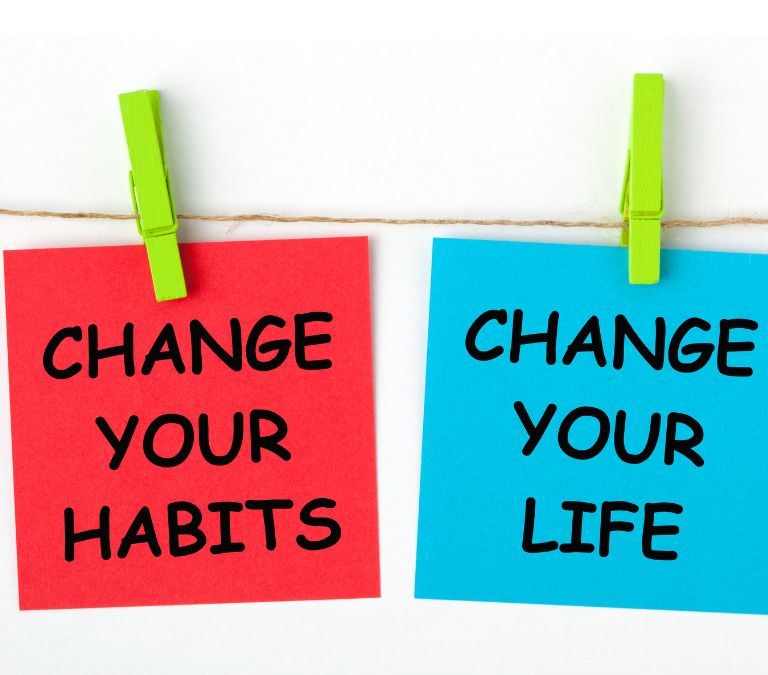
Several women will benefit from lifestyle changes such as quitting smoking, improving their diet, and engaging in regular exercise. These do not necessarily reduce symptoms, but they can improve overall well-being and make symptoms more tolerable.
Dressing in layers, avoiding spicy foods, and limiting alcohol and caffeine intake may also help. Reducing the temperature in your room, dressing in layers, and sleeping with a fan on can all be effective ways to deal with bothersome hot flashes. Overweight women tend to have more disturbing hot flashes, so losing weight can be beneficial.
Quitting smoking is crucial during menopause for two reasons. Smoking contributes to the increased cardiovascular risks associated with being postmenopausal. Second, smokers are more likely to have hot flashes. It is best to exercise in a cooler environment. Experiment with slow, deep abdominal breathing (6 to 8 breaths per minute). Deep breathing should be practiced for 15 minutes in the morning, 15 minutes in the evening, and at the onset of hot flashes. Wearing socks to bed can be beneficial for some women because it can help to cool core body temperature.
Changes in your lifestyle may help to alleviate menopausal symptoms. You may feel better if you:
- Quit smoking, which can cause hot flashes.
- Reduce how much alcohol you take.
- Maintain healthy body weight.
- Eat a heart-healthy diet.
- Antidepressants
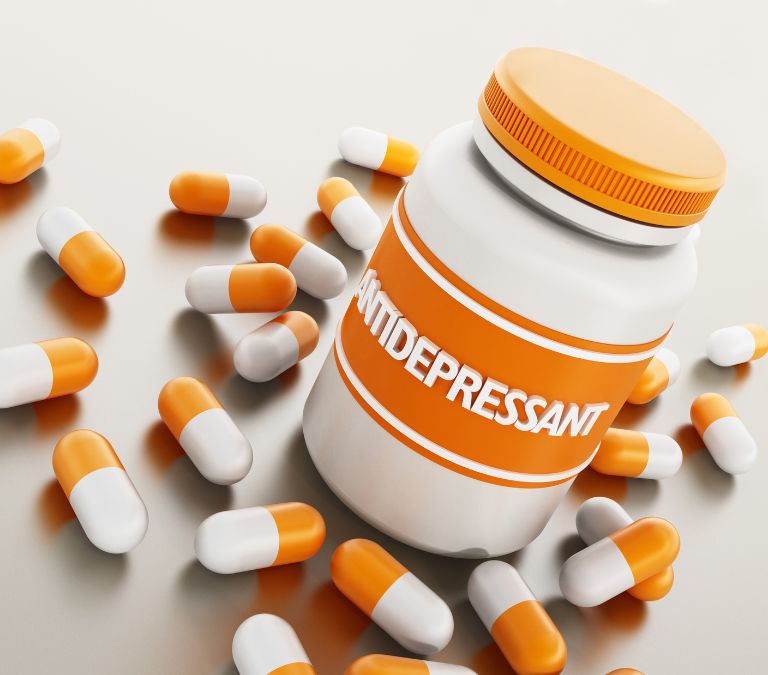
Antidepressants are medications that aid in the treatment of symptoms such as mood swings, anxiety, and depression. Antidepressants, despite their name, can treat a variety of health problems in addition to depression. These are some examples:
- Anxiety
- Panic Disorder
- Insomnia
Four types of antidepressants can be used to treat menopause anger and mood swings:
- SNRIs (serotonin-norepinephrine reuptake inhibitors)
- SSRIs (selective serotonin reuptake inhibitors)
- MAOIs (monoamine oxidase inhibitors) (MAOIs)
- Tricyclic antidepressants
Antidepressants are thought to provide relief from vasomotor symptoms related to menopause. These symptoms involve blood vessels and include:
- Night sweats
- Hot flashes
- Skin flushing
- Clonidine
Clonidine is a prescription medication that can help some menopausal women reduce hot flashes and night sweats. It is taken in the form of tablets twice or thrice daily. Clonidine doesn’t affect hormone levels, so unlike hormone replacement therapy, it does not increase the risk of problems like breast cancer. However, research indicates that it has only a minor impact on menopausal symptoms.
Clonidine can also have unpleasant side effects, such as dry mouth, drowsiness, depression, and constipation. Clonidine’s effects may take two to four weeks to become perceptible. Speak with your doctor if your symptoms do not improve or if you are experiencing troubling side effects.
- Kegel Exercises
Kegel exercises help strengthen your pelvic floor muscles, improve intercourse sensation, and reduce urinary incontinence. One of the best aspects of Kegels is that they can be performed anywhere. However, they must be done correctly. It can be difficult to tell if you’re contracting the correct muscles. Here are three ways to check if you’re doing these exercises correctly.
- Pretend you’re attempting to stop yourself from passing gas and squeeze your rectal muscles.
- Position yourself close to a mirror and examine your vaginal opening. Squeeze your perineum (this is the space between your vagina and rectum).
- Insert your finger into your vagina and squeeze. You should feel the vaginal muscles tighten around your finger.
Hold in each squeeze for three to five seconds before relaxing. Perform ten reps three times each day. Kegels can be performed lying down, sitting up, or even standing. It’s critical to remember to take it slowly at first. Set reminders on your phone to help you get in the habit of doing them.
You can also include them in your daily routine, such as before going to bed, during a commercial, or while waiting at a red light. It will be easier to perform Kegels regularly if you incorporate them into your daily routine. Kegels may not be enough for more severe symptoms. Your doctor may refer you to a pelvic floor physical therapist if you experience more severe symptoms.
- Vaginal Moisturizers and Lubricants
Vaginal moisturizers and lubricants help to reduce vaginal dryness caused by menopause. Vaginal dryness can make sex painful and make you feel generally uncomfortable. They work for several days to make the vagina feel more elastic and help reduce friction and pain during sex. Water-based products are unlikely to cause an allergic reaction and are widely available in pharmacies.
- Bio-identical Hormones
Conventional hormone replacement therapies make use of synthetic versions of human hormones. Bio-identical hormone medications, while not identical, use plant hormones that imitate human hormones like estriol, estrogen, progesterone, and estradiol. There are numerous FDA-approved bio-identical hormone therapy options available, and doctors can assist women in determining whether this is an option for them. According to the National Women’s Health Network, use the lowest effective dose for the shortest time possible.
- Mind-Body Interventions
Stress and depression are common during perimenopause. To alleviate these symptoms, they can try the following:
- Hypnotherapy
Hypnosis is as effective as venlafaxine in reducing hot flashes. Venlafaxine is a common prescription drug used to treat hot flashes. Hypnotherapy is an approach to dealing with menopausal symptoms that uses your own mind’s power to effect a change in you. It is incredibly calming and effective at bringing about rapid change.
Using hypnosis to treat menopause symptoms can reduce the frequency and severity of symptoms such as hot flashes. Physical symptoms like hot flashes, profuse sweating, insomnia, and psychological symptoms like anxiety, depression, and irritability respond well to this treatment. It also restores your sense of control over what’s going on with your own body.
- Cognitive-behavioral therapy (CBT)
According to a 2019 article, some studies have found that CBT may help to reduce mild depression and the occurrence of hot flashes. The excellent news is CBT can help with the low mood and anxiety that come with menopause, and we’ve discovered that it can also help with hot flashes and sweating. The North American Menopause Society suggests a CBT approach that integrates sleep hygiene, relaxation techniques, and approaching a menopause challenge with a positive, healthy attitude. CBT is a recommended option for anxiety during and after menopause. A theory-based CBT approach can improve hot flush perception while reducing stress and sleep issues.
- Biofeedback and Relaxation Training
Relaxation techniques such as progressive muscle relaxation may help reduce how frequently a person experiences hot flashes. They may also relieve perimenopausal psychological symptoms. Here are a few relaxation exercises to try. Find a quiet place free of distractions, a comfy body position, and a positive state of mind. Block out any worries or distracting thoughts.
- Rhythmic breathing:
- If your breathing is short and hurried, try taking long, slow breaths to slow it down.
- Slowly inhale, then slowly exhale.
- Count to five as you gently inhale, and then again as you exhale.
- Pay attention to how your body relaxes as you exhale slowly. Recognizing this shift will allow you to unwind even more.
- Progressive muscle relaxation:
- Focus on your breathing and take deep breaths and slowly exhale.
- Scan your entire body and note any part that feels cramped or tense.
- Loosen up the tension in these areas as soon as possible.
- Release as much tension as possible.
- Once or twice, roll your head in a gentle, circular motion. (Pause any painful movements!)
- Severally roll your shoulders in a circular motion. Allow your muscles to relax for a few seconds, and recall a pleasant thought. Finally, inhale deeply and slowly exhale. You should be at ease.
What is the Average Cost of Non-hormonal Therapy?
Oral estrogens have the lowest unit costs; nevertheless, these drugs may not be suitable for all women. However, oral non-hormonal therapies have the highest unit costs. Hot flash treatment unit costs can be a significant public health issue. Individual unit costs for different treatments range from $70 to $1200 for non-hormonal prescription therapies.
Conclusion
Hot flushes can harm a woman’s quality of life. Several non-hormonal therapies have demonstrated efficacy in the treatment of menopausal symptoms. Although the effectiveness of these therapies appears to be lower than that of traditional hormone replacement therapy, they have given clinicians more options when treating patients who can’t undergo hormone replacement therapy or women who are unwilling to take hormones.
More research will need to be conducted to determine the most effective treatments. Some remedies may not be effective for everyone. Speak with your doctor if your perimenopause symptoms interfere with your sleep or relationships.

